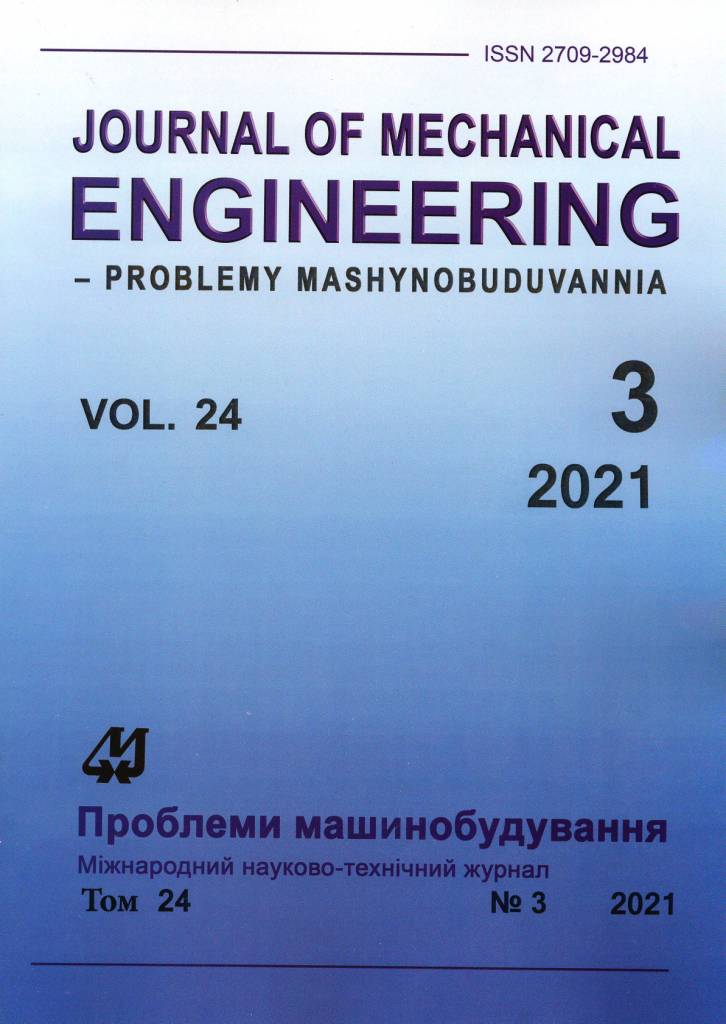Cycle-Tempo Simulation of Ultra-Micro Gas Turbine Fueled by Producer Gas Resulting from Leaf Waste Gasification
Abstract
Leaf waste has the potential to be converted into energy because of its high availability both in the world and Indonesia. Gasification is a conversion technology that can be used to convert leaves into producer gas. This gas can be used for various applications, one of which is using it as fuel for gas turbines, including ultra-micro gas ones, which are among the most popular micro generators of electric power at the time. To minimize the risk of failure in the experiment and cost, simulation is used. To simulate the performance of gas turbines, the thermodynamic analysis tool called Cycle-Tempo is used. In this study, Cycle-Tempo was used for the zero-dimensional thermodynamic simulation of an ultra-micro gas turbine operated using producer gas as fuel. Our research contributions are the simulation of an ultra-micro gas turbine at a lower power output of about 1 kWe and the use of producer gas from leaf waste gasification as fuel in a gas turbine. The aim of the simulation is to determine the influence of air-fuel ratio on compressor power, turbine power, generator power, thermal efficiency, turbine inlet temperature and turbine outlet temperature. The simulation was carried out on condition that the fuel flow rate of 0.005 kg/s is constant, the maximum air flow rate is 0.02705 kg/s, and the air-fuel ratio is in the range of 1.55 to 5.41. The leaf waste gasification was simulated before, by using an equilibrium constant to get the composition of producer gas. The producer gas that was used as fuel had the following molar fractions: about 22.62% of CO, 18.98% of H2, 3.28% of CH4, 10.67% of CO2 and 44.4% of N2. The simulation results show that an increase in air-fuel ratio resulted in turbine power increase from 1.23 kW to 1.94 kW. The generator power, thermal efficiency, turbine inlet temperature and turbine outlet temperature decreased respectively from 0.89 kWe to 0.77 kWe; 3.17% to 2.76%; 782 °C to 379 °C and 705°C to 304 °C. The maximums of the generator power and thermal efficiency of 0.89 kWe and 3.17%, respectively, were obtained at the 1.55 air-fuel ratio. The generator power and thermal efficiency are 0.8 kWe and 2.88%, respectively, with the 4.64 air-fuel ratio or 200% excess air. The result of the simulation matches that of the experiment described in the literature.
Downloads
Published
Issue
Section
License
Copyright (c) 2021 Fajri Vidian Fajri

This work is licensed under a Creative Commons Attribution-NoDerivatives 4.0 International License.
All authors agree with the following conditions:
- The authors reserve the right to claim authorship of their work and transfer to the journal the right of first publication of the work under the license agreement (the agreement).
- Authors have a right to conclude independently additional agreement on non-exclusive spreading the work in the form in which it was published by the jpurnal (for example, to place the work in institution repository or to publish as a part of a monograph), providing a link to the first publication of the work in this journal.
- Journal policy allows authors to place the manuscript in the Internet (for example, in the institution repository or on a personal web sites) both before its submission to the editorial board and during its editorial processing, as this ensures the productive scientific discussion and impact positively on the efficiency and dynamics of citation of published work (see The Effect of Open Access).

